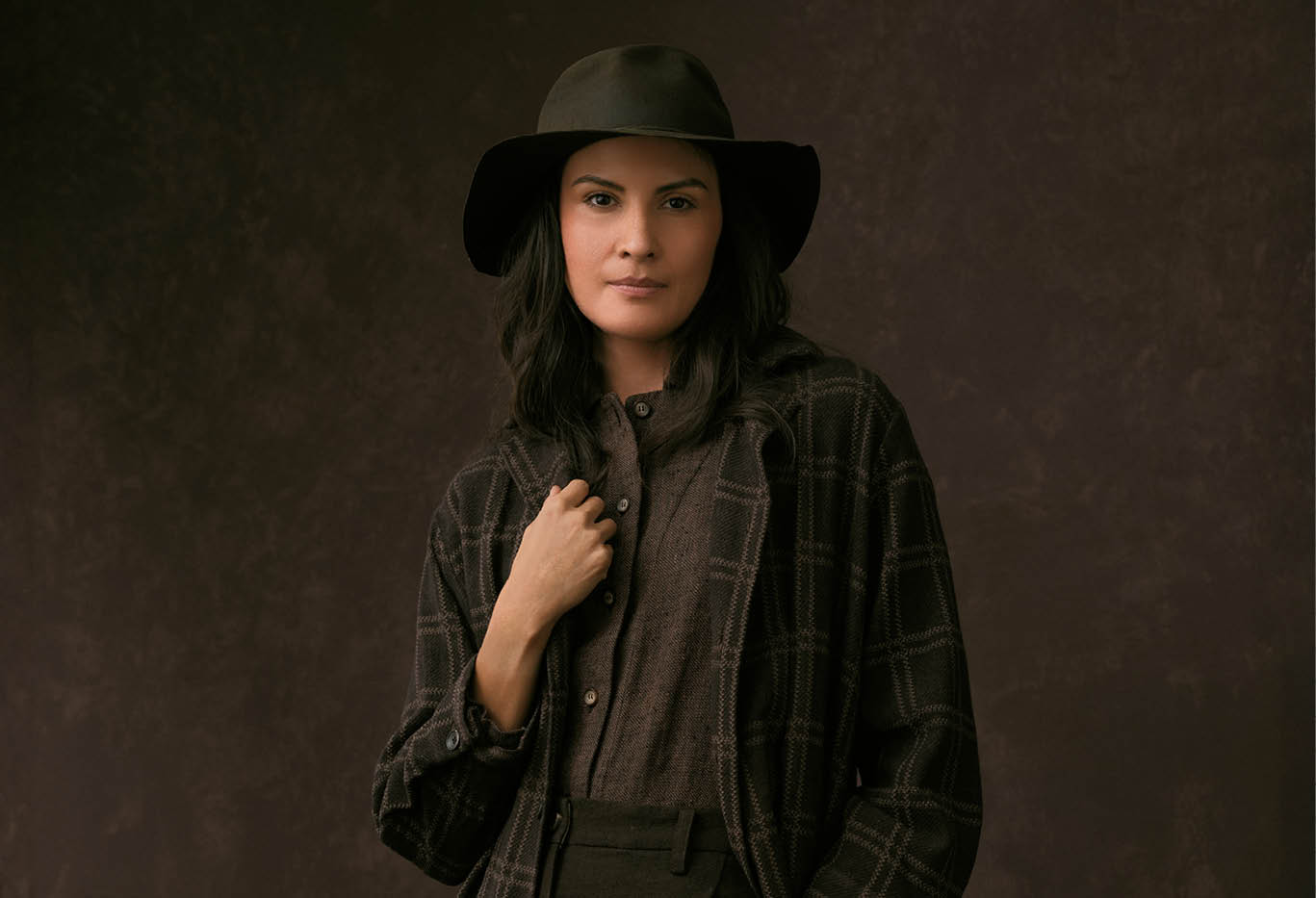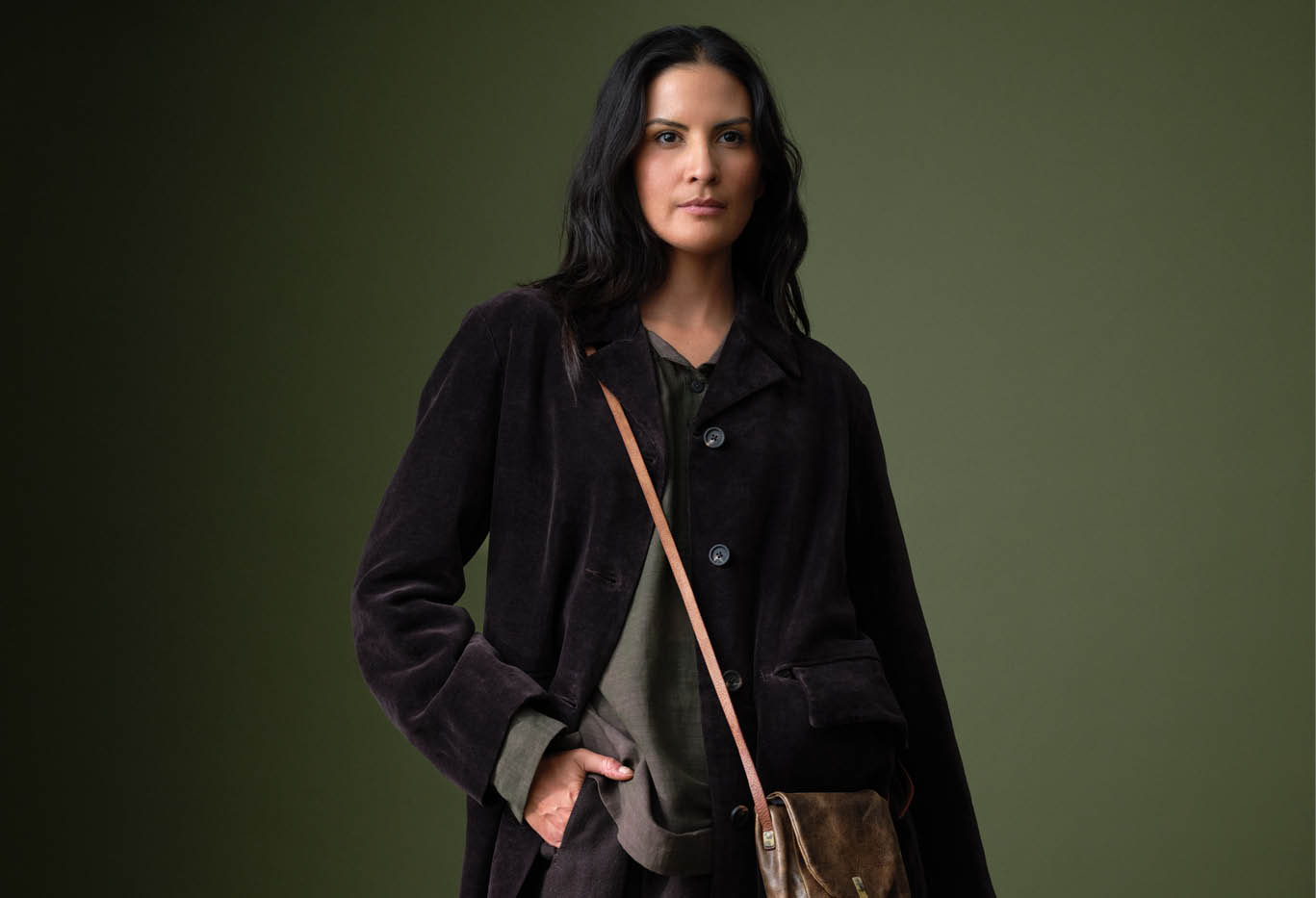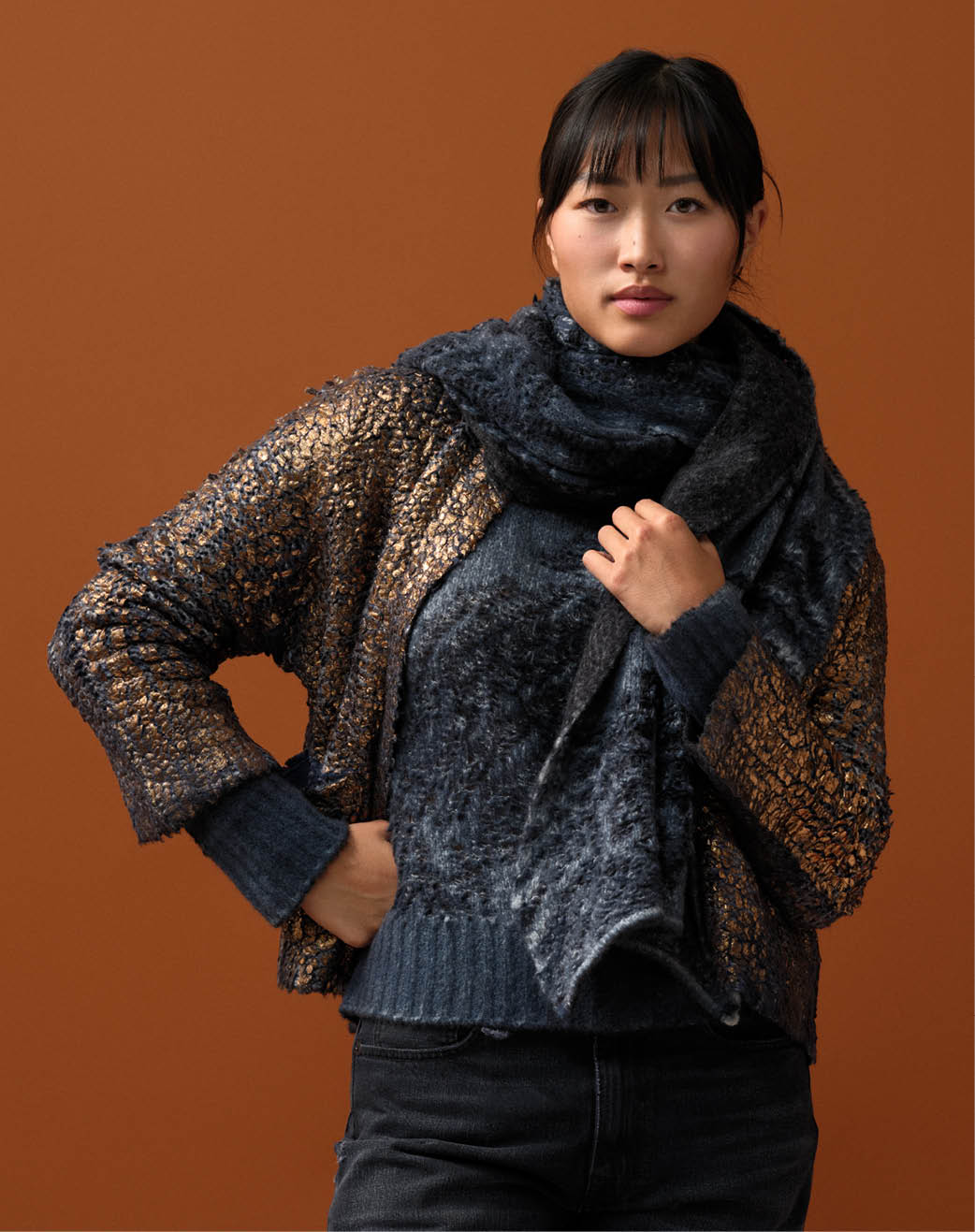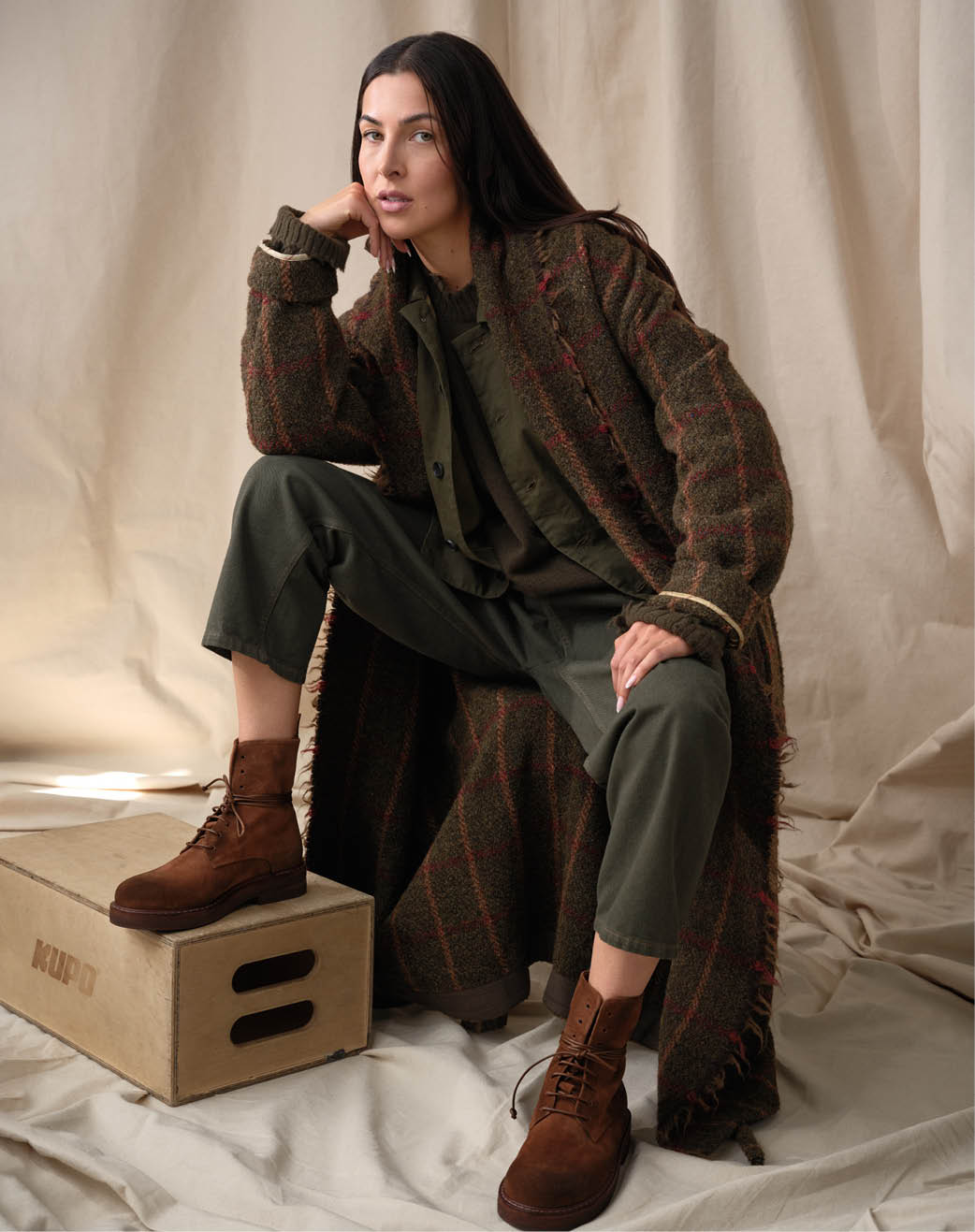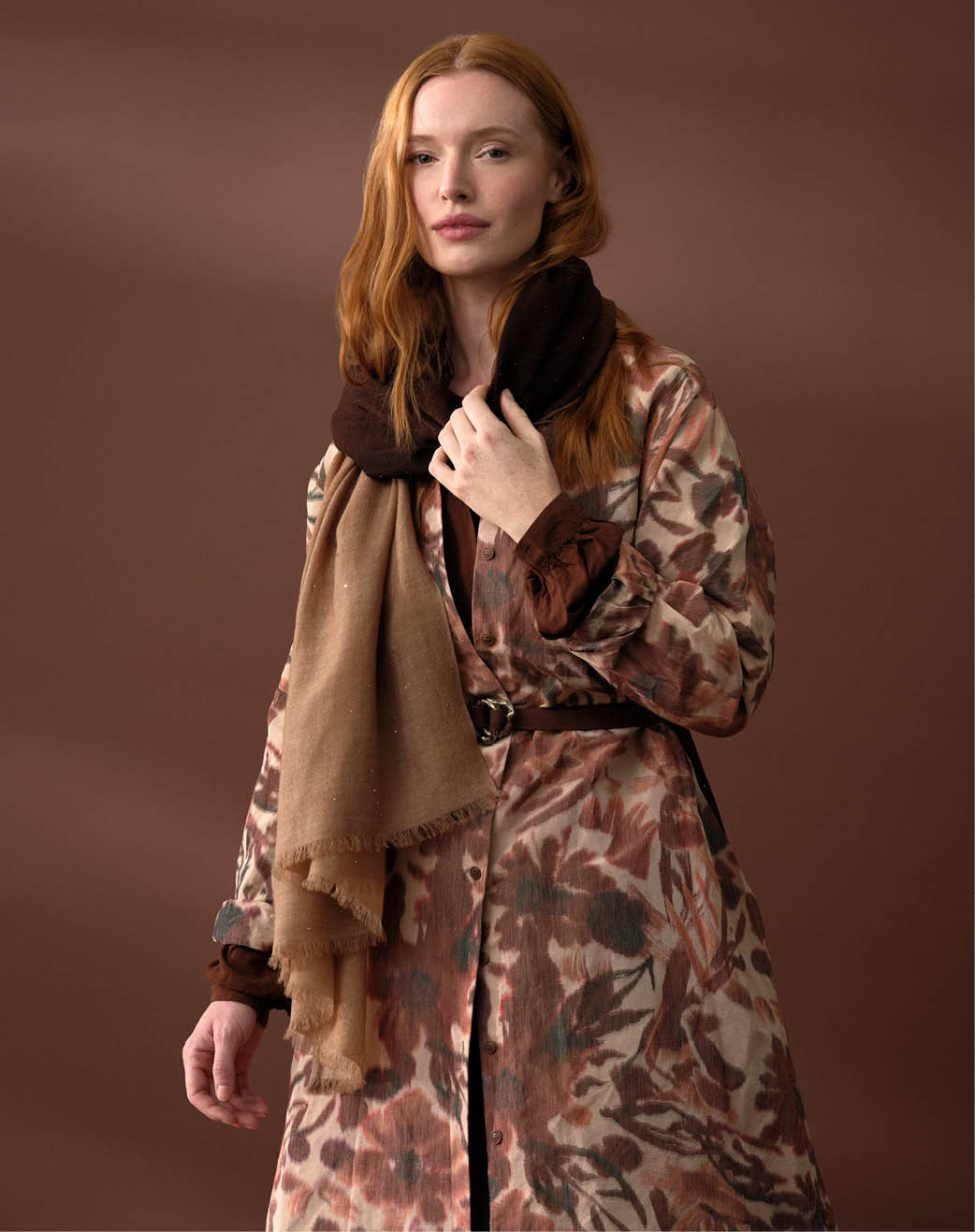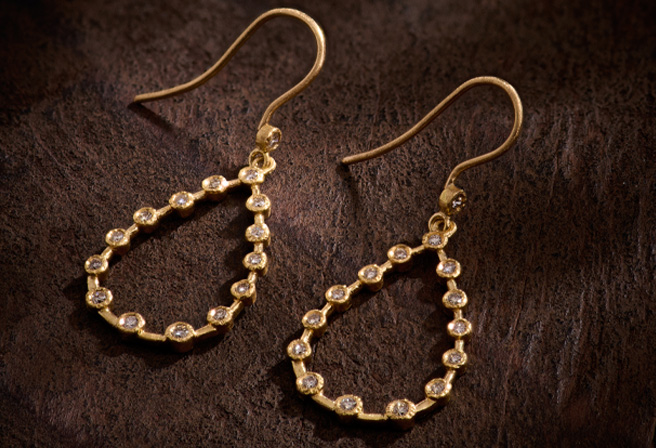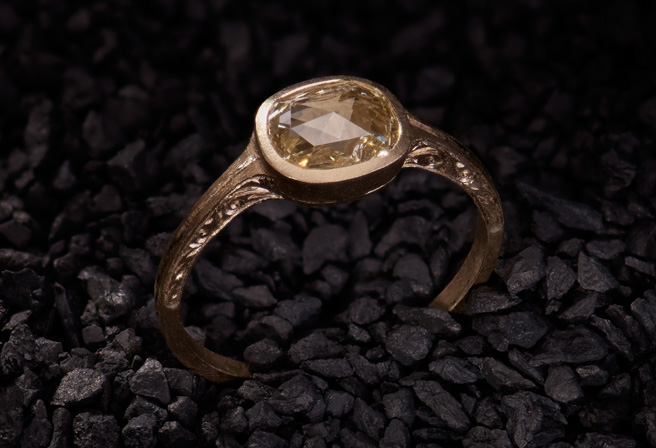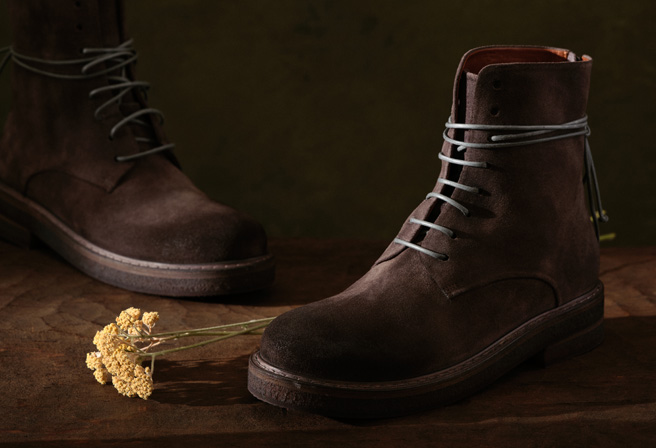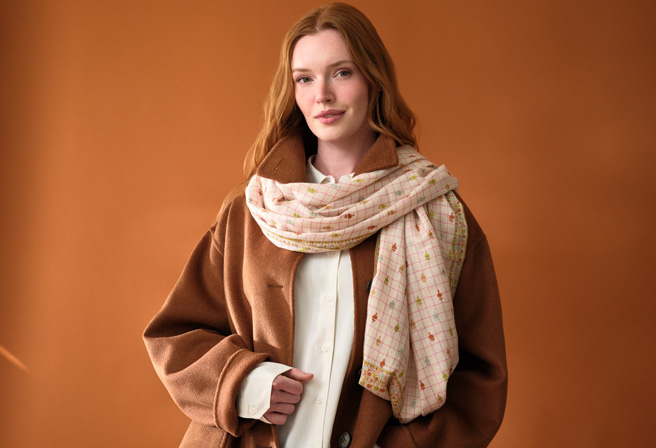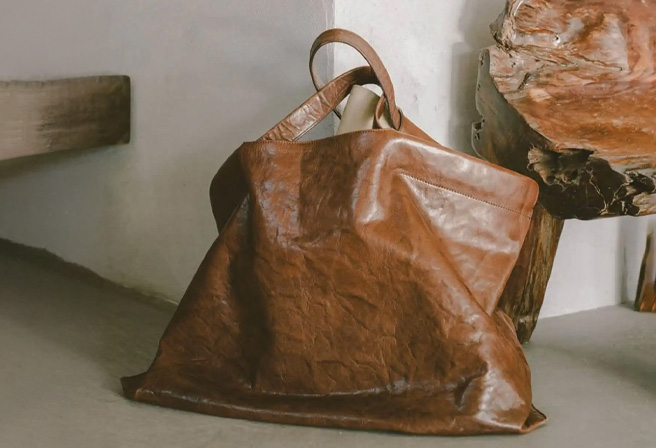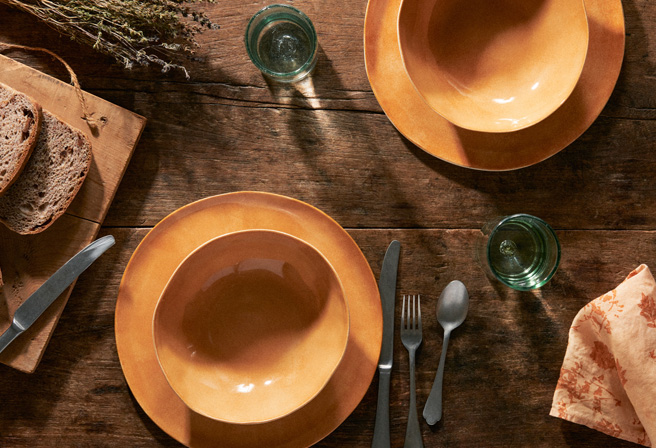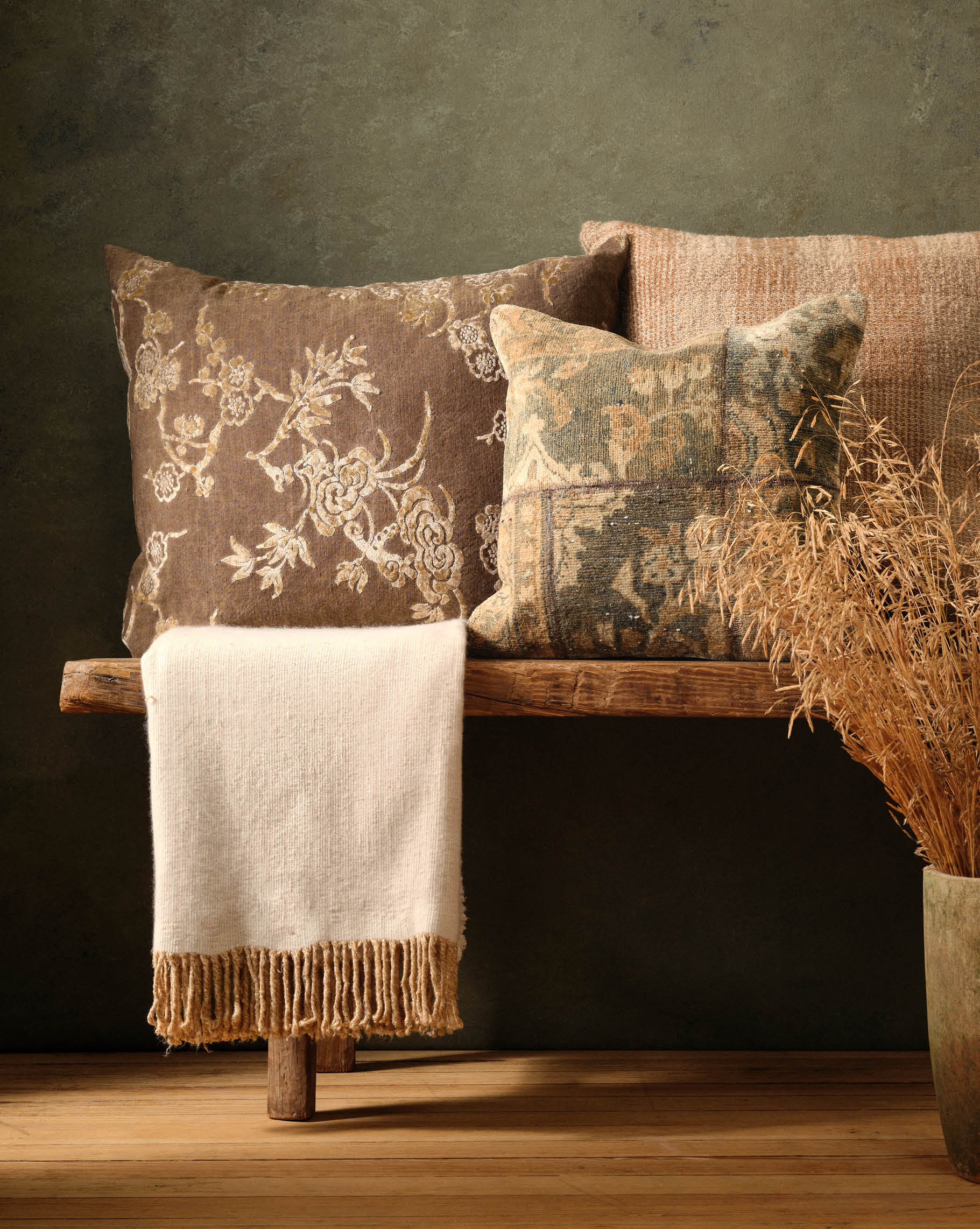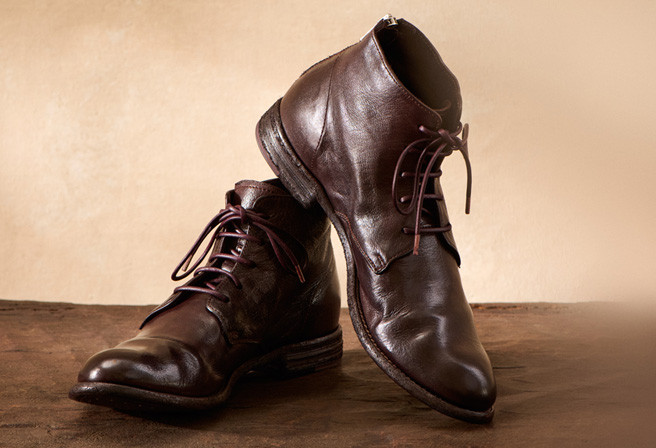Ever since its introduction to Japan between the second and third centuries BC from China, silk has become a unique and coveted material in Japanese culture.

From then on, Japanese silk weaving and farming techniques, or sericulture, began to develop independently from their Chinese predecessors, aided by the temperate Japanese climate which allowed the art to spread across the island.
With this spread and subsequent diaspora of sericulture, unique methods began to appear across different regions of the country. Several of these most prominent silks include the Nishijin Ori, Chirimen and Tsumugi methods which can be manipulated to create numerous variations of the material.

Christian Peau
Christian Peau elects to construct his pieces using the Kinsha variation of the Chirimen silk, allowing for the fabric to be light and breathable, optimal for warm weather garments. Kinsha is typically dyed after weaving, resulting in a smooth material that is perfect for painting or dying detailed scenes.
Embellished upon these rare and delicate pieces are numerous motifs of cranes, clouds and flowers. Particularly notable are the depictions of cranes, which in Japan, are said to symbolize long life and peace thanks to their graceful silhouette and association with famous monks and Taoist immortals. Alongside these sacred birds appear numerous species of flowers including Dahlias, Chrysanthemums and Lotuses, all pointed upwards to signify hope and optimism.



Peau’s pieces are a reminder of the delicate and beautiful nature of silk and sericulture in Japan, which today is threatened by modernity. Rapid industrialization and urbanization has resulted in a significant decline in Japanese silk production and has forced manufacturers to downsize and close their operations. Left behind is a long and storied history spanning more than two and half thousand years and an art that lives on in weaving for years to come.

